Soil Testing for the Homeowner
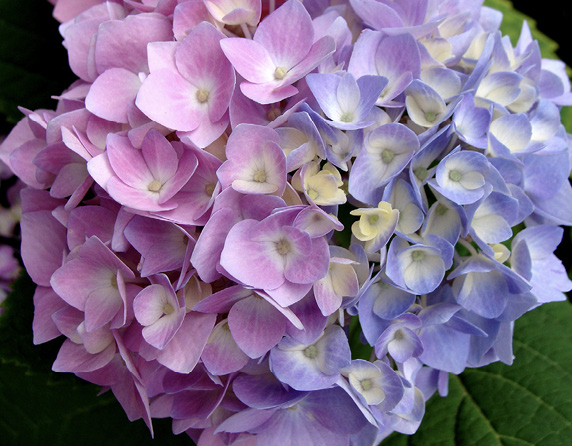
Getting a Representative Soil Sample
Soil is highly variable. Hydrangea flowers, like the one pictured here, illustrate how small distances translate to big soil differences. Hydrangea flower color is impacted by soil pH. Acidic soil conditions favor blue flowers, and basic soils contribute to pink flowers. This plant has both blue and pink flowers, indicating a measurable jump in soil pH just in the root zone of one plant. This highlights just how important it is to sample from several locations in the designated area. One scoop of soil does not accurately represent your entire yard.

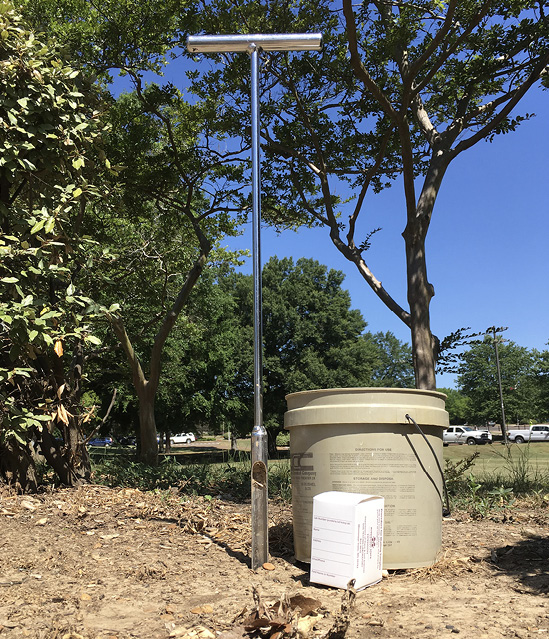

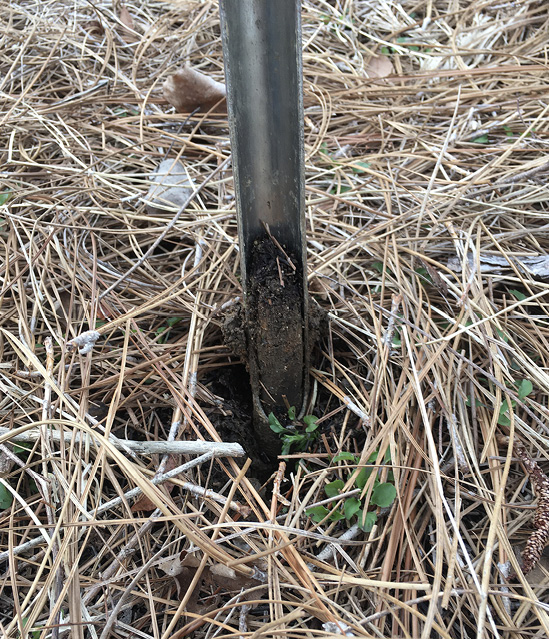
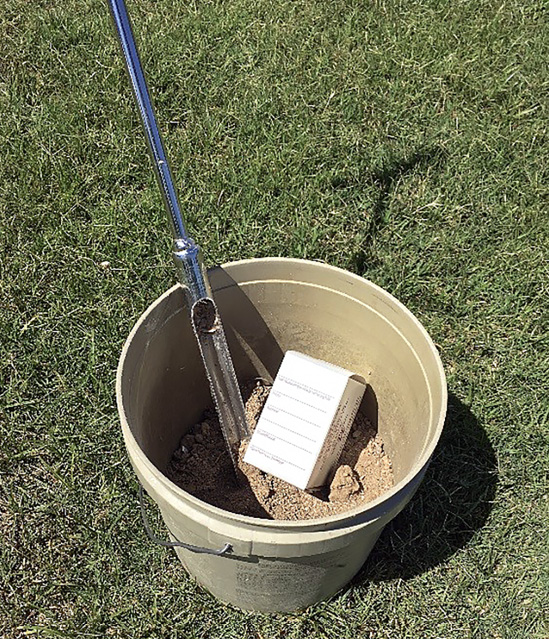
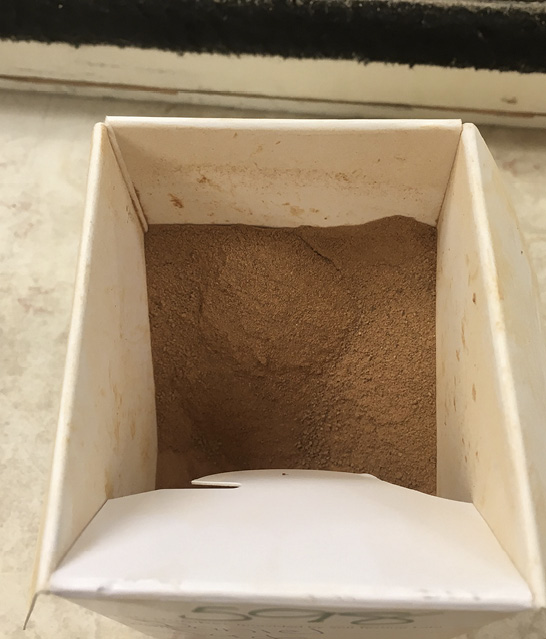


Instead of paper forms, all soil samples are registered through an Extension account. The steps to complete this process are on our website: http://extension.msstate.edu/content/submitting-soil-test-the-lab.
After registering your soil sample, take the soil sample(s) to your local Extension office or mail them directly to the this address:
MSU Soil Testing Lab
P.O. Box 9610
Mississippi State, MS 39762
The information given here is for educational purposes only. References to commercial products, trade names, or suppliers are made with the understanding that no endorsement is implied and that no discrimination against other products or suppliers is intended.
Publication 3883 (POD-04-23)
Revised by Keri Jones, PhD, Laboratory Coordinator, Soil Testing Lab, from a previous edition by Keith Crouse, PhD, retired Associate Extension Professor.
The Mississippi State University Extension Service is working to ensure all web content is accessible to all users. If you need assistance accessing any of our content, please email the webteam or call 662-325-2262.


